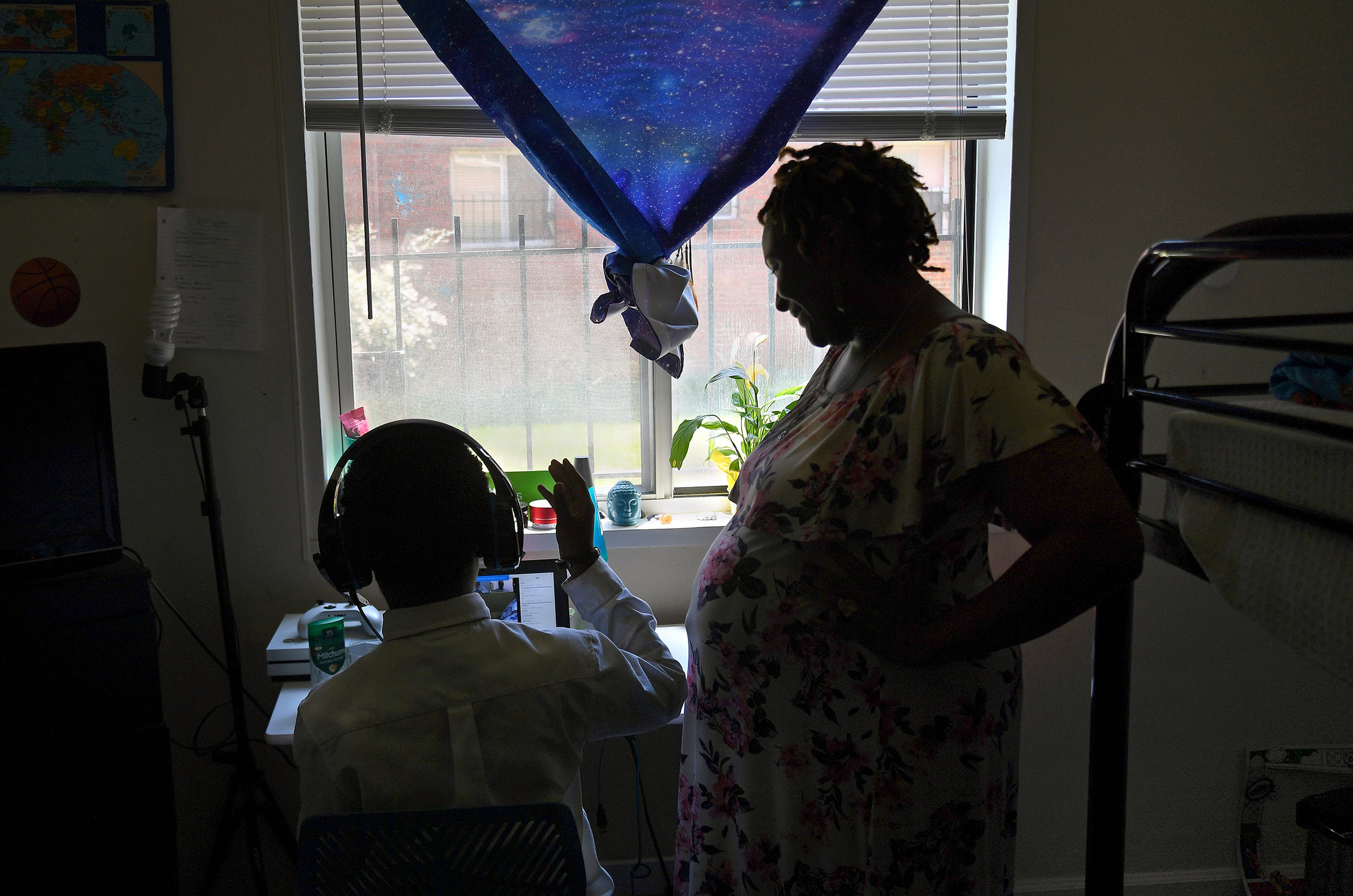
Imagine an America where you are preparing to have your first child, and you can be confident, regardless of where you work or what you do, that you can take time away from your job to spend with your newborn without worrying about whether the job will be there when you return. And when you do return to work, you are able to afford the kind of care for your child that nurtures their unique potential from the start. If you are born with or develop a disability, you have access to the services needed to live a fully dignified, whole life, connected to your family and community. And as you age and perhaps need more assistance, you are able to rely upon the support of family and professional care workers, who are supported in caring for themselves and their families too. This is what a strong care infrastructure for American families would enable. This is a vision that seems possible, but somehow has always been out of reach for the vast majority of us.
The first 100 days of the new Congress will be critical for jumpstarting our economic recovery, and it is also an unprecedented opportunity to bring us closer to this vision for care in America.
As we’re seeing so acutely now, our society falls apart without access to the care that our families need, including childcare, elder care, long-term services and supports for people with disabilities, and paid time off from work. Even before the pandemic began, a lack of care infrastructure—a set of systems, programs and workers that effectively support the care needs of working families across the lifespan—caused many family caregivers (mostly women) to cut short their careers, hurting their future financial security. Needless to say, it has gotten much worse. Between August and September, the pandemic recession has driven 800,000 women, disproportionately Black and immigrant women, out of the workforce, due in part to the continued closures of schools and lack of access to caregiving support.
We need universal access to childcare, paid leave and long-term services and supports for the aging and people with disabilities, especially in the home. And we need every job in the care economy—from early childhood education to home care—to be a quality job with economic mobility. A growing movement of care workers, working parents, family caregivers and policy advocates across childcare, long-term services and paid leave have created a blueprint for what this looks like.
First, care jobs must be included in the jobs plan to stimulate the economy. These jobs need adequate pay and workplace protections. Investing in childcare and home-care jobs will not only stimulate the economy by supporting the families of the care workers themselves, but will support workers in every other industry with their essential family care needs. More than “shovel ready,” these are jobs that are simply ready—ready to help the rest of America get back to work.
Read more: COVID-19 Has Nearly Destroyed the Childcare Industry–and It Might Be Too Late to Save It
Care workers, such as home health aides and personal care assistants, are already among the fastest-growing occupations in the U.S., a result of people living longer while preferring to age in place—now also a critical public health strategy. With 10,000 people turning 65 every day, the demand will only increase.
However, care jobs are currently unsustainable, poverty-wage jobs—home-care workers earn an average of $16,200 per year. Congress must lift the federal minimum wage to $15, as some states have already done, and ensure that care jobs include benefits and the right to a union. Employers should provide information about safety procedures in workers’ primary language, adequate cleaning and protective equipment, and predictable and flexible scheduling practices.
Second, we need to expand access to publicly funded childcare and home-care systems for the individuals and families who need them. Childcare and home care are often prohibitively expensive for many working families. Congress should treat childcare as the public good that it is and pass legislation investing no less than $50 billion in this critical phase of our next generation’s lives, equitably nurturing their potential and future success instead of presenting roadblocks from the outset. The Child Care for Working Families Act and the Universal Child Care and Early Learning Act, both introduced in 2019, are good starting points.
Congress must also create access to affordable long-term care, starting with investing in Medicaid to make home- and community-based care widely available through the program, funding programs that help family caregivers navigate different services, and increasing wages and benefits for all workers paid through Medicaid. Congress should also establish a program that covers people who need long-term care but don’t qualify for Medicaid.
Third, we need paid family and medical leave for all, so that people can manage their caregiving responsibilities without risking their employment. Months into the pandemic, many essential workers still do not have access to paid leave or paid sick days; Congress and the next Administration should address this immediately, both to provide immediate relief, and as a central part of what will be required for recovery.
Care is a need we share, and one that cannot be parsed out depending on how old you are, where you live or the work you do. Families have been forced to navigate this need in isolation and it’s painfully obvious that it’s not working. If we seize this opportunity, we can recover into a more resilient, more equitable 21st century economy in America that values care, work and family at its core.
More Must-Reads from TIME
- Cybersecurity Experts Are Sounding the Alarm on DOGE
- Meet the 2025 Women of the Year
- The Harsh Truth About Disability Inclusion
- Why Do More Young Adults Have Cancer?
- Colman Domingo Leads With Radical Love
- How to Get Better at Doing Things Alone
- Michelle Zauner Stares Down the Darkness
Contact us at letters@time.com